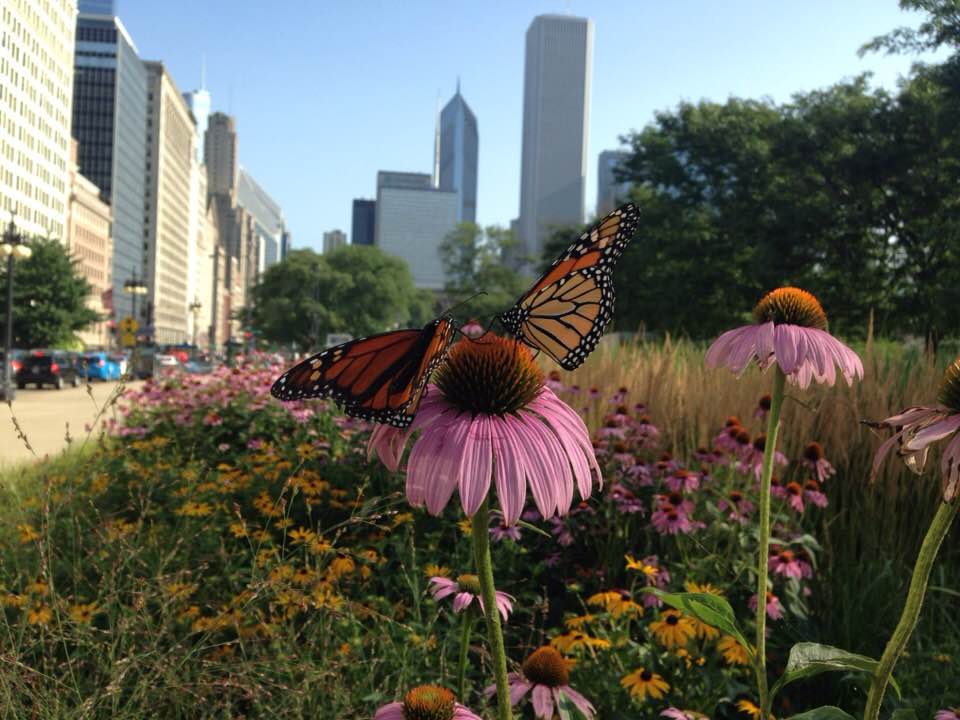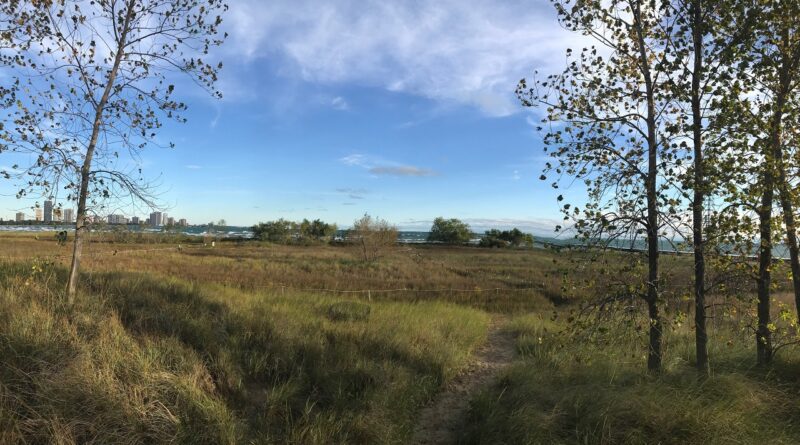Rescuing Species with Urban Sanctuaries
Podcast: Play in new window | Download (Duration: 2:00:14 — 56.6MB)
Subscribe: Apple Podcasts | Spotify | Android | iHeartRadio | Podchaser | Email | TuneIn | RSS | More
(April 11, 2021) It’s no secret that the North American monarch butterfly (Danaus plexippus) is in trouble. “The Service itself has estimated up to an 80% probability of population collapse for eastern monarchs within 50 years and a 96-100% probability for the western population.” That’s not good news. Nor is the knowledge that each day we lose more natural habitat to the forces of development. So, is rescuing species even possible? And can urban sanctuaries lead the way?
Monarch Community Science Project
Monarchs have lost an estimated 165 million acres of breeding habitat in the United States in recent decades. And even with what National Geographic calls a “shocking decline” in numbers,the U.S. Fish and Wildlife Service recently declined to add the insect to the endangered species list. This puts the impetus to save monarchs from extinction on local and regional groups and conservation efforts. Enter the Monarch Community Science Project, now in its third year.

(Photo by Abigail Derby Lewis)
This project is an initiative of the Keller Science Action Center at the Field Museum in Chicago. Given the bad news about monarchs, those folks must be positive thinkers. They’re encouraging people to become community scientists and provide data about how milkweed gardens support monarch butterflies in the Chicago region. Sheryl DeVore writes about the effort in an article that will be in the May issue of Natural Awakenings Chicago (Full disclosure: co-host Peggy Malecki is publisher.)
Even with just two years of gathering data, The Field Museum project is revealing some preliminary information. One is that “common milkweed is definitely a powerhouse for monarch reproduction,” Hasle says. Many types of milkweeds grow in the region, including butterfly weed and swamp or rose milkweed, which also attract monarchs to lay eggs, she says. They’ll continue to monitor which milkweeds best suit the monarch.
The group is also studying what other plants in urban and suburban landscapes help monarchs. “The kinds of plants and the shape of the garden, even where the milkweed is located, could be important to the monarch,” Hasle explains.
The woman quoted is Erika Hasle, conservation ecologist at the Field Museum. She and conservation ecologist Izabella Redlinski join us this morning. They will tell us about a series of Online Monarch Community Science Training sessions, beginning on May 12 and ending on May 27. If you want to play a part in rescuing species like the monarch butterflies, here’s your chance.
Rescuing species II: piping plovers
Rescuing species is obviously not just about monarch butterflies. There is credible evidence that some bird species are also in precipitous decline. We’ve followed the story of piping plovers that have nested along Chicago’s Montrose Beach for the past couple of years. There was good news on that front just this week. I received a newsletter from Leslie Borns, who is a steward at Montrose Beach, announcing the news that Chicago Park District (CPD) had approved a request for habitat addition at Montrose Beach Dunes. Leslie expressed it eloquently.
To add a substantial chunk of one of the rarest ecosystem types in the middle of a highly urban area in this day and age is nothing short of visionary. In the 21 years I have been working with the Chicago Park District (CPD), I have never been more proud of the agency than I am at this moment. This is a shining example what positive partnership with the public can do. And after such a dark pandemic year, I can think of no better gift to the City and its people than the Montrose habitat addition.
Amen, sister. That gives us a chance to visit again with Bob Dolgan of Turnstone Strategies LLC and Douglas Stotz, senior conservation ecologist at–you guessed it–the Field Museum.
Dolgan is not only a marketing person, he is the award-winning filmmaker who brought the documentary Monty and Rose to the screen. Now he’s working on Monty and Rose II, while continuing his own stewardship work at Montrose Beach. He has also created a newsletter called This Week in Birding, which branches out beyond Lake Michigan to birding of all kinds in the Midwest.
We asked our friend Doug Stotz to be on this show, too, so he could give a sense of the scientist’s perspective. We want to know, basically, if adding 1.3 acres to the natural area at Montrose Beach can make a real difference in terms of habitat. We’re pretty sure that the answer is yes, but it’s always good to hear that from a scientist.


